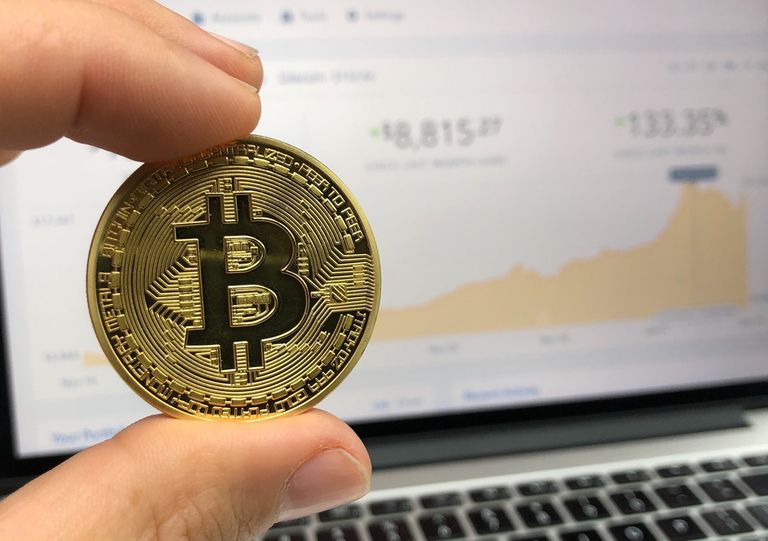
Using the common definition of inflation, Bitcoin is deflationary because Bitcoin’s purchasing power increases over time. However, under the traditional definition, Bitcoin is inflationary because the supply of Bitcoin increases over time.
This article goes on to describe how the inflation rate of Bitcoin was designed to mimic the inflation rate of gold. While it has a point, it ignores the fact that the last block of Bitcoin will eventually be produced...long before the last ounce of gold is mined.
However, one aspect of Bitcoin inflation that is often ignored is forking the blockchain. This immediately doubles the supply. While it isn't Bitcoin per se, it is another Bitcoin-like cryptocurrency and to the extent that it has any success in the marketplace it acts much like inflation, driving the value (i.e. purchasing power) of Bitcoin down as cryptocurrency users divert some of their investments elsewhere. This has already happened several times. For Bitcoin to remain a good store of value, it must not only adapt to compete favorably with completely new cryptocurrencies, it must also be better than any spawn of itself.
So far Bitcoin has done a spectacular job of it. However, as they say, past performance is no guarantee of future results.
Thank you for using my upvote tool 🙂

Your post has been upvoted (1.36 %)
Delegate more BP for better support and daily BLURT reward 😉
@tomoyan
https://blurtblock.herokuapp.com/blurt/upvote